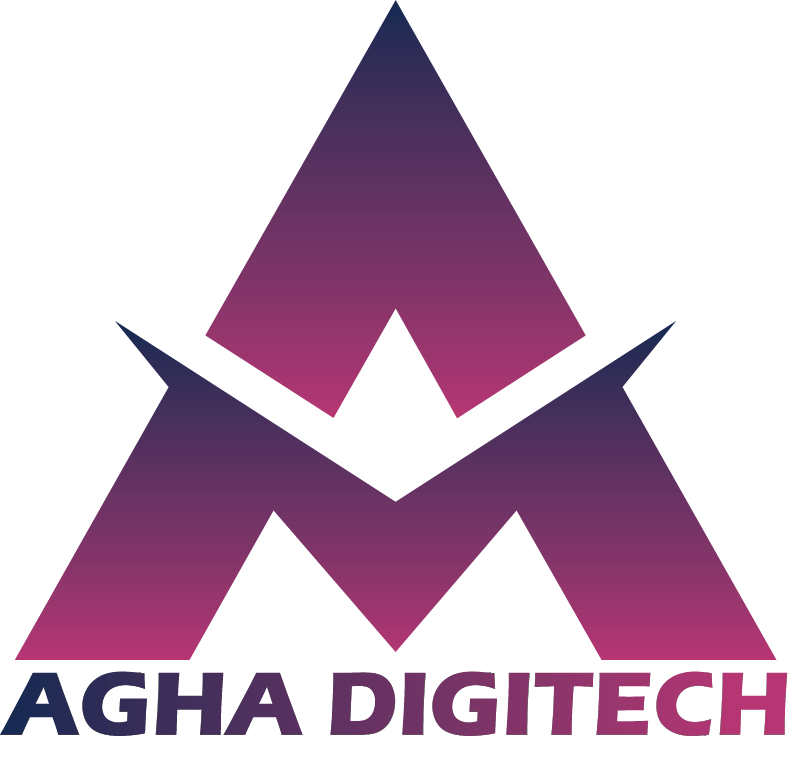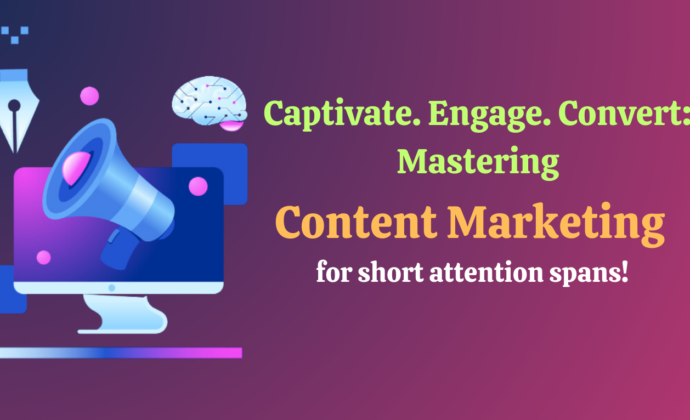The Future of Google Ads- Automation and Machine Learning

Google Ads is widely used by advertisers globally to reach customers online. Advances in AI, automation, and machine learning are transforming digital advertising – including within Google Ads. This blog examines the evolving role of these technologies and their implications for advertisers.
Significance of Google Ads in Digital Advertising
As the world’s largest ad platform, Google Ads offers access to billions of users through Search, YouTube, Gmail, and the Display Network. It generates over $100 billion annually. Marketers rely on Google Ads to connect with customers at crucial touchpoints, driving vital business goals. Google Ads stands as a cornerstone of digital advertising, offering businesses unparalleled access to potential customers through targeted, scalable, and measurable advertising solutions. Its versatility and reach make it an indispensable tool for businesses of all sizes seeking to enhance their online visibility and drive conversions effectively.
Automation and Machine Learning in Google Ads
Automation refers to using software/technology to automate tasks previously done manually. Machine learning involves algorithms that can learn from large datasets to drive intelligent decisions. Both are increasingly applied within Google Ads’ powerful backend systems. The integration of automation and machine learning technologies has revolutionized the way advertisers manage and optimize their Google Ads campaigns. By harnessing the power of algorithms and data-driven insights, automation enables advertisers to streamline campaign management, improve targeting precision, and maximize return on investment.
Evolution of Google Ads Automation
The evolution of automation features in Google Ads reflects the platform’s commitment to innovation and enhancing advertisers’ capabilities. Over time, Google has introduced increasingly sophisticated automation tools designed to simplify campaign management, optimize performance, and deliver better results for advertisers. Google pioneered ad automation features to reduce workload and boost performance. Here’s how automation has evolved:
Historical Context: Evolution of Automation Features in Google Ads
Understanding the historical context of automation features in Google Ads provides valuable insights into the platform’s journey toward greater efficiency and effectiveness in campaign management. From its early days to the present, Google has continually refined and expanded its automation offerings to meet the evolving needs of advertisers. Early bid management tools automated pricing adjustments. Expanded optimization features then automated bid changes for better value.
Current Automation Capabilities in Google Ads
Today, automated policies control bids, budgets, placement & scheduling based on goals & performance metrics. Smart bidding uses ML for optimal bids. Today, Google Ads boasts a robust suite of automation capabilities that empower advertisers to automate various aspects of their campaigns, including bidding, targeting, ad creative optimization, and budget allocation. These capabilities leverage machine learning algorithms to analyze vast amounts of data and make real-time optimizations, helping advertisers achieve their advertising goals more efficiently and effectively.
Impact of Automation on Campaign Management and Optimization
Automation streamlines repetitive tasks so advertisers can focus strategically on new opportunities & challenges. Automated optimizations also achieve superior results through constant testing at scale. Automation has profoundly transformed campaign management and optimization in Google Ads, streamlining processes, and enabling advertisers to make data-driven decisions at scale. By automating tasks such as bidding, ad scheduling, and audience targeting, advertisers can optimize campaigns more efficiently and effectively, leading to improved performance and ROI.
The Role of Machine Learning in Google Ads
Machine learning plays a central role in Google Ads, powering various automation features and driving campaign optimization. By analyzing vast amounts of data, machine learning algorithms can identify patterns, trends, and insights that inform ad targeting, bidding strategies, and ad creative optimization, ultimately enhancing campaign performance. Google’s proprietary ML technologies underpin core automation systems:
MaMachine learning algorithms in Google Ads enable precise ad targeting by analyzing user behavior, preferences, and intent signals. By leveraging these insights, advertisers can deliver highly relevant ads to their target audience, increasing engagement, and driving conversions. Additionally, machine learning helps optimize bidding strategies and ad placements to maximize performance and ROI. chine Learning Algorithms in Google Ads
Machine learning algorithms in Google Ads employ advanced mathematical models to process data and make predictions or decisions without explicit programming. These algorithms continuously learn and improve over time, enabling Google Ads to deliver more relevant ads to users and improve overall advertising effectiveness. ML algorithms analyze tremendous volumes of advertiser & user data to identify subtle patterns & predict optimal actions.
How Machine Learning Improves Ad Targeting and Performance
ML delivers ads to those most likely to convert. It enhances targeting using signals like demographics, interests & on-site behavior to find high-quality customers. Broad learning also boosts overall returns.
Implications for Advertisers and Marketers
The integration of automation and machine learning in Google Ads presents both opportunities and challenges for advertisers and marketers. While automation streamlines campaign management and optimization processes, it also requires marketers to adapt their skills and strategies to leverage these capabilities effectively. Advertisers must stay informed about advancements in automation and machine learning and continually refine their approaches to remain competitive in the ever-evolving digital advertising landscape. While automation benefits abound, certain considerations apply:
Opportunities Presented by Automation and Machine Learning in Google Ads
Automation and machine learning in Google Ads offer advertisers unprecedented opportunities to enhance campaign performance and drive results. By automating repetitive tasks, optimizing bidding strategies, and leveraging data-driven insights, advertisers can improve efficiency, scalability, and ROI. Automation enables marketers to achieve more with limited budgets & resources. Superior, scalable optimizations also surge performance.
Challenges and Considerations for Adopting Automated Strategies
While automation brings significant benefits, it also presents challenges and considerations for advertisers. Adopting automated strategies requires understanding complex algorithms, adjusting to changes in campaign management workflows, and ensuring alignment with business objectives and target audiences. Automation cedes some control, requiring trust in algorithms. Change management ensures teams utilize new mechanisms profitably.
Strategies for Leveraging Automation to Optimize Campaign Performance
To maximize the benefits of automation, advertisers can implement various strategies to optimize campaign performance. This includes leveraging predictive analytics, experimenting with different automation tools and features, and continuously monitoring and refining automated processes to align with campaign goals and objectives. Leveraging automated tools demands optimized processes & tag management. Detailed tracking validates assumptions while adapting strategies and captures emerging shifts.
Ethical Considerations and Transparency
As automation becomes more prevalent in Google Ads, ethical considerations surrounding data privacy, algorithmic bias, and transparency become increasingly important. Advertisers must prioritize ethical practices, uphold user privacy rights, and ensure transparency in automated decision-making processes. Responsible use warrants addressing privacy, bias, and transparency:
Addressing Concerns Around Data Privacy and Algorithmic Bias
Google strives to respect user privacy while avoiding unfairness through data minimization and oversight of automated decisions. Advertisers must address concerns surrounding data privacy and algorithmic bias to maintain trust and credibility. Implementing robust data privacy measures, conducting regular audits to identify and mitigate biases, and promoting diversity and inclusivity in automated processes are essential steps in addressing these concerns.
Ensuring Transparency and Accountability in Automated Processes
Understanding parameter influences and their rationale prevents opacity around ‘black box’ algorithms governing ad delivery and spending. Transparency and accountability are critical for maintaining trust and integrity in automated processes. Advertisers should provide clear explanations of how automation is used in Google Ads, ensure transparency in data collection and usage practices, and establish mechanisms for accountability and oversight to uphold ethical standards and promote user trust.
Best Practices for Ethical Use of Automation and Machine Learning in Google Ads
Guidelines ensure advertisers and Google considers community impacts through responsible data policies and mechanisms for detecting and mitigating potential issues. In the rapidly evolving landscape of digital advertising, ethical considerations surrounding the use of automation and machine learning in Google Ads are paramount. Advertisers must uphold principles of fairness, transparency, and user privacy to ensure that automated processes benefit all stakeholders while minimizing potential risks and harms.
Transparency and Accountability:
Transparency is essential for maintaining trust and credibility in automated advertising processes. Advertisers should provide clear explanations of how automation and machine learning are utilized in Google Ads campaigns, including their impact on ad targeting, bidding strategies, and performance optimization. Additionally, establishing mechanisms for accountability and oversight can help ensure that automated processes adhere to ethical standards and regulatory requirements.
Data Privacy and Security:
Protecting user data and privacy rights is of utmost importance in automated advertising. Advertisers must implement robust data privacy measures to safeguard sensitive information collected through Google Ads campaigns. This includes obtaining explicit consent for data collection and usage, implementing strong security protocols to prevent unauthorized access or data breaches, and complying with relevant data protection regulations such as GDPR and CCPA.
Mitigating Algorithmic Bias:
Algorithmic bias can perpetuate inequalities and discrimination in advertising, leading to adverse outcomes for certain demographic groups. Advertisers must proactively identify and mitigate bias in automated decision-making processes to ensure fair and equitable ad delivery. This involves regularly auditing algorithms for biases, diversifying training datasets to reduce bias, and incorporating fairness metrics into model evaluation and optimization processes.
Promoting Diversity and Inclusivity:
Diversity and inclusivity should be central considerations in automated advertising practices. Advertisers should strive to create campaigns that reflect diverse perspectives and experiences, avoiding stereotypes and discriminatory content. Additionally, ensuring equal access to advertising opportunities for all businesses and individuals can help promote a more inclusive digital advertising ecosystem.
Continuous Monitoring and Improvement:
Ethical use of automation and machine learning requires ongoing monitoring and improvement efforts. Advertisers should regularly evaluate the ethical implications of their automated advertising practices, solicit feedback from stakeholders, and iterate on strategies to address emerging ethical challenges and concerns. By adopting a proactive and iterative approach to ethical decision-making, advertisers can uphold ethical standards and promote responsible use of automation in Google Ads.
Conclusion
As AI-driven automation assumes a growing role in digital marketing, it generates value when applied and overseen conscientiously with users and advertisers in mind. When tailored properly to individual business needs and monitored carefully, the future of programmatic advertising appears bright.
 Free Consultation
Free Consultation



